AI, talent shortages, and distrust: These are the biggest challenges HR pros are bracing for in 2025
HR Brew
NOVEMBER 27, 2024
HR Brew asked people pros to share the biggest headaches they’re bracing for in 2025, and unsurprisingly, issues like return to office, hybrid work, AI, and talent shortages are top of mind. Ensuring that teams stay focused on priorities while cutting through noise will be critical to keeping everyone aligned and engaged.










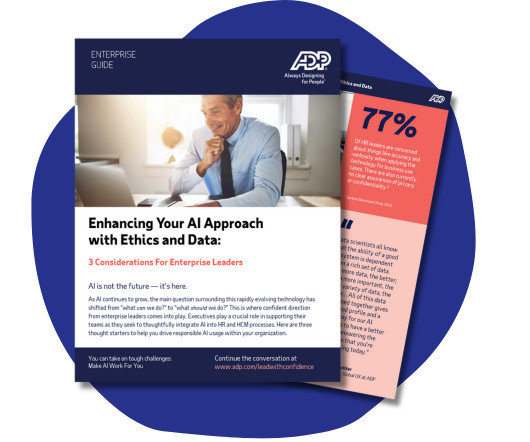














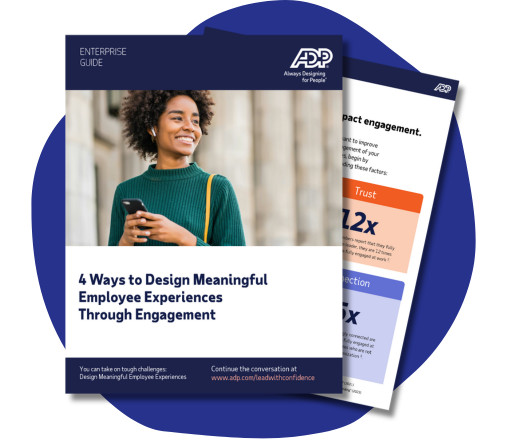




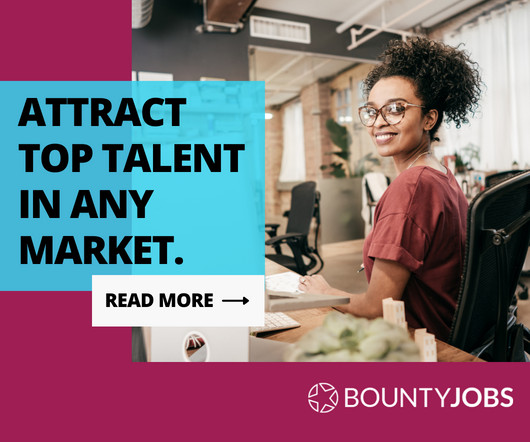




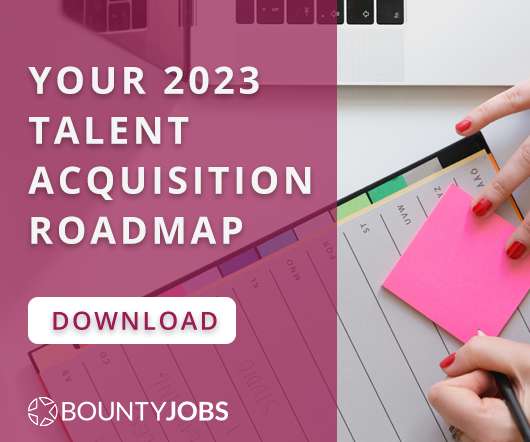




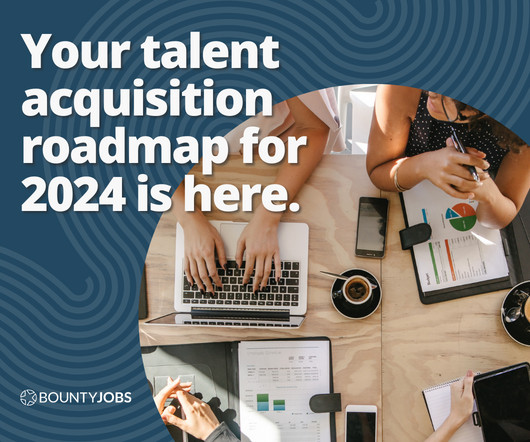




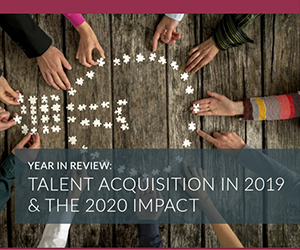










Let's personalize your content